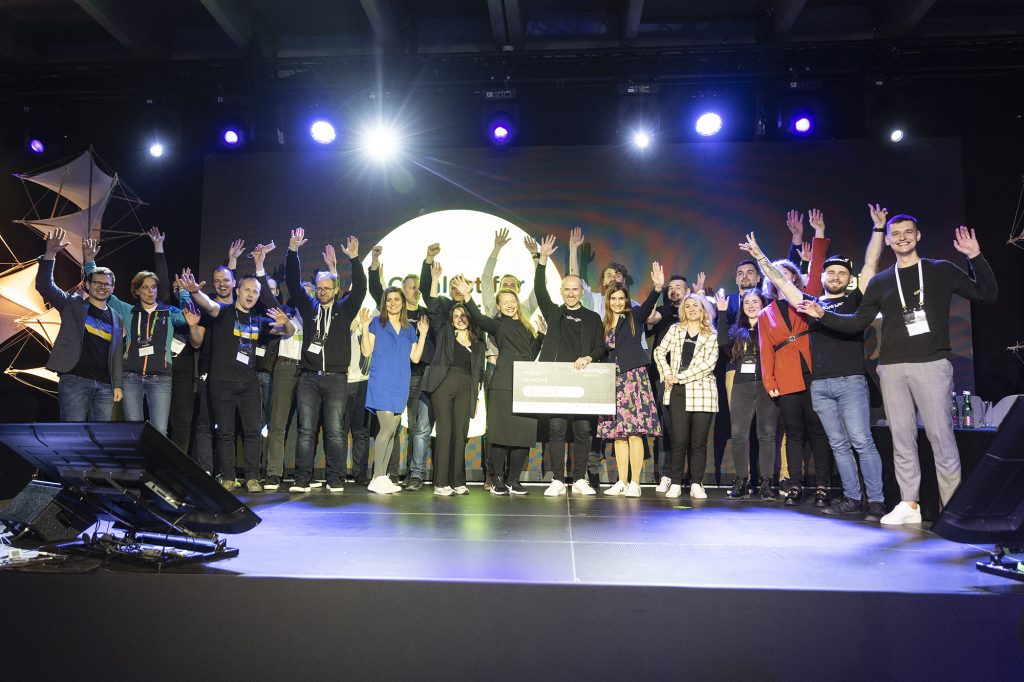Slovak startups received a record amount of investment in 2021
Despite the good news in 2021, Slovakia still lags behind other countries in the region regarding investment and startup activity. When can we expect the first unicorn?
For Slovakia, the year 2021 was rich in exciting startup transactions. At the beginning of the year, we received the news of the acquisition of Exponea by the American company Bloomreach and official confirmation of the purchase of Slido by the technology giant Cisco.
During the year, several Slovak startups completed large investment rounds – the most interesting were the 18 million EUR round for Photoneo, the investment in Surglogs, and the startup of Peter Zajac in the field of digital healthcare for 9 million EUR or tens of millions of euros that Tachyum has raised. It is also worth mentioning the investments in companies with Slovak co-founders – Series A for 18 million EUR to startup Deepnote of Jakub Jurových and two Czech co-founders, startup of Rasťo Turek PEX and his giant 48 million EUR investment round or 8 million EUR raised by Around.
Even though detailed data on investments of venture capital funds in Slovak technology companies are missing, 2021 seems to be the most successful investment in startups in Slovakia. Based on the obtained information from funds and estimates, we can assume that this volume was approximately 90-100 million EUR.
By comparison, Estonian startups raised venture capital of almost 1 billion EUR in 2021. Estonia already has six unicorns, i.e., startups with a valuation of more than 1 billion USD, of which two companies – Bolt and Wise – are worth more than 10 billion USD. If we look at VC investments per capita, from the years 2015 to 2021, Estonia is the absolute European leader. In Estonia, venture capital invested in startups was 68 times larger than in Slovakia.
However, Slovakia’s problem is the low volume of funds invested in startups and the fact that there are only a few new innovative companies, and only a few of them are being founded. According to estimates by Atomico, Google, and Dealroom, there are only 97 of them per 1 million inhabitants, compared to 126 in the Czech Republic, 706 in Lithuania, and up to 1,048 in Estonia.

Where is the problem?
The country has a huge problem connected with the long-term lack of interest of the state in innovation and lack of support for entrepreneurship. The problem is the low level of entrepreneurship among young people who stay in Slovakia. The quality of teaching at Slovak universities has not changed for decades. It is not surprising that such education does not produce active students with ideas and the courage to turn these ideas into projects.
What can help?
Examples from other countries show that startup successes produce further success. In Slovakia, Slido is a story that can inspire other beginning entrepreneurs in Slovakia – from an idea at Startup Weekend through global expansion to exit. For example, a Romanian UIPath has become the most valuable company in the country ever, the founder became the richest Romanian – and the success of this company is changing the entire innovation ecosystem in the country. Estonia has dozens of super-successful founders who have become serial investors in hundreds of Estonian startups. And all this was initially supported by the success of Skype, which was also contributed to by the Estonians.
One or two more significant exits, which Slovakia may be waiting for this year, may also contribute to such a snowball effect in Slovakia. Finally, one of the few angel investors in Slido was Anton Zajac, co-owner of the highly successful company Eset. He is generally considered the most active and respected angel investor in Slovakia. In addition to Slido, he has invested in startups such as Aircar, Staffin, Rezztek, and Finstat.
When can we expect a unicorn?
A unicorn can be an exception in the system as in Romania or the result of long-term activities in creating a functioning ecosystem based on trust, private-public sectors cooperation, and attracting talent from the wider community, as in Estonia. The first path is based on coincidence and circumstances, and the second is on the system. Slovakia is going the first way and hopes that a few individuals’ great success will help start the necessary change.
This blog is a shorter version of an article published on the web portal Refresher in Slovak.

